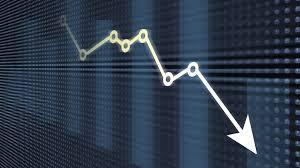SPY or the S & P 500 ETF (exchange-traded fund) is an aggregate of all big board stocks since all stocks are correlated to SPY. I use SPY as a gauge of market sentiment and short and mid-term market direction. Although penny stocks do not follow the market as much, they do follow it to the downside when the volatility spikes in the SPY and the market moves more than 2%.
The beta of a stock is how a stock moves in relation to the S and P 500. The beta of SPY is 1.0, so if a stock has a beta of 1.5 it should move 1.5 times more than SPY. For example, if SPY is up 1.2% on the day and XYZ stock has a beta of 2.0 then it should be up about 2.4%. This is an average and when a stock experiences some sort of catalyst such as earnings this amount can vary by a large amount. In trading, high beta stocks are good although much riskier which is why risk management is so important.
Furthermore, important technical points in SPY will also cause reversal or consolidation zones in a particular big board stock. So if SPY has support at $167 and next resistance at $170 and you want to enter a trade in XYZ stock you know if SPY is moving off $167 you probably have $3 of upside in SPY before the stock you are trading is going to come into resistance and hence potentially reverse. Trading is not about buying and hoping. It’s about calculating specific trade setups where the probability of a stock doing what you think it will, is in your favor. Even more important is limiting your downside risk when you are wrong which is also a part of profitable trading. Going back to the SPY example if SPY moves from $167 to $170 and then just keeps going to $172 and I got out of my trade-in XYZ with the profit I expected but missed out on a lot more upside, I could not care less because SPY did what it should have based on my plan. This is how a real trader must think to be successful at trading penny stocks or any assets for that matter…
To get started in the market and begin profiting in penny stocks just click here
